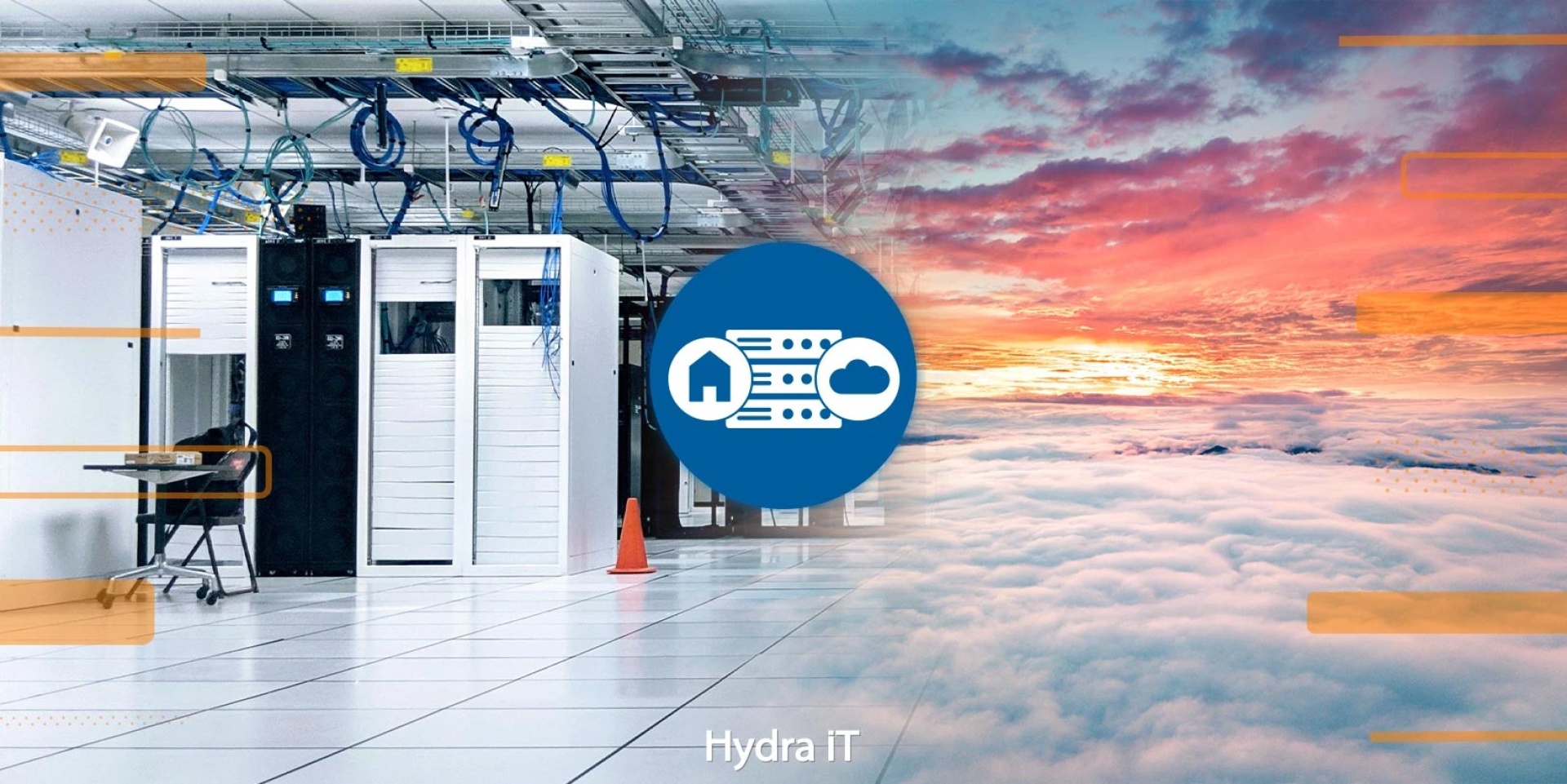On-Premise vs Cloud: which storage model is the best?
10-08-2023
Both cloud and on-premise storage models can be advantageous, depending on the needs and reality of each company.

Currently, many companies are wondering whether it is better to opt for cloud storage or an in-house data structure. First of all, it is necessary to know the differences between these two modalities.
On-premise
The on-premise model refers to applications that are installed, hosted, and maintained on a company's servers or infrastructure. In this model, the company is responsible for purchasing, installing, and maintaining the hardware, software, and infrastructure needed to run the system, and the IT team is responsible for updates, maintenance, and security.
An on-premise infrastructure can be used to run private clouds, in which computing resources are virtualized in the same way as in public clouds (however, private clouds can also be run on hardware rented from third parties).
Cloud
Cloud-based software is hosted and managed by a third-party provider, it is accessed via the Internet and the provider is responsible for system updates, maintenance, and security.
The public cloud is a multi-tenant environment, which means that these computing resources are shared by multiple companies or individuals, and all data is protected by end-to-end encryption.
Several companies offer cloud services and Microsoft is one of them! Their Microsoft cloud computing service is Microsoft Azure which allows businesses the freedom to build, manage and deploy applications on a large-scale global network using their preferred tools and architectures.
Main differences between on-premise and cloud computing models
The correct model for a business depends on its needs and what it is looking for. There are several differences between the on-premise and cloud models:
- Development
- Costs
So, in the long run, on-premise generates more costs for a company.
- Security
- Storage
- Accessibility
What is the best storage model for a business and how can it be determined?
To understand which of these two options is best for a business, it is necessary to analyze the size of a company, the sector in which it operates, its IT resources, budget, and specific needs.
Companies with strict security and compliance regulations may prefer the on-premise model, which allows full control of data and internal infrastructure for sensitive or confidential data.
However, the on-premise model requires a significant upfront investment in infrastructure, servers, hardware, and specialized IT staff. In addition, scalability can be a challenge, as the company needs to anticipate and acquire additional capacity in advance to accommodate future growth.
The public cloud offers significant advantages, such as pay-as-you-go flexibility, which allows companies to easily adjust their computing resources according to their needs, avoiding high upfront investments. In addition, scalability is facilitated, as the company can easily increase or decrease its cloud resources according to the needs of the moment.
The cloud also provides greater accessibility, allowing employees to access data and applications from anywhere with an internet connection, which can improve team collaboration and productivity.
A company can opt for the best of both worlds and choose a hybrid option - a computing environment that combines an on-premises datacenter (also known as a private cloud) and a public cloud that allows data and applications to be shared. In these cases, organizations use more than one public cloud in addition to the on-premises datacenter.
We understand that you find this subject complex, so we remind you that at Hydra IT we have specialized consultants who can help you find the best option for your company.
Get in touch now and schedule a free technology consulting session!
Share